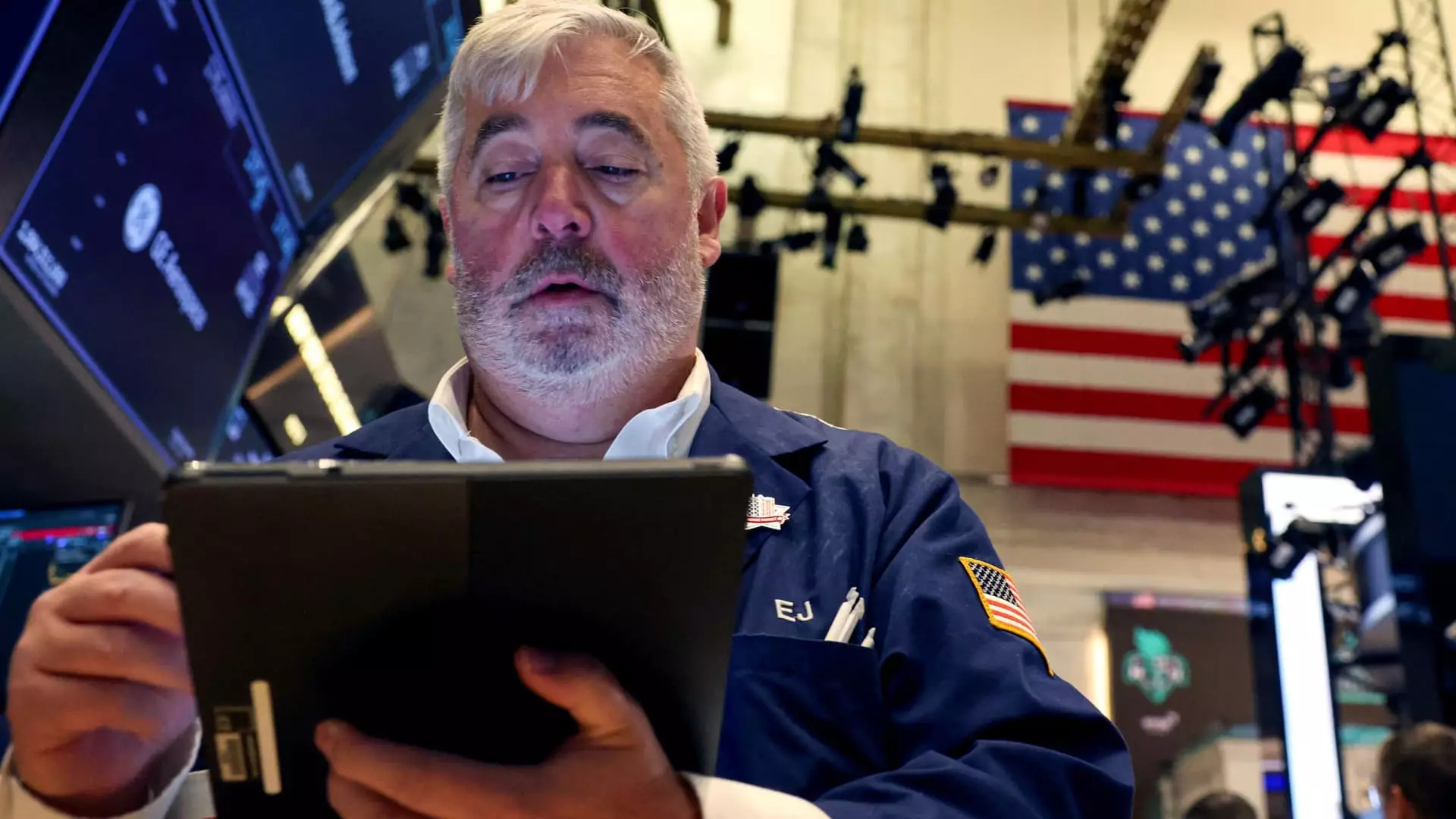In recent trading sessions, we have observed a significant uptick in Treasury yields, a trend that is closely linked to the unfolding political scenario in the U.S. The rise in yields for the 10-year Treasury, which surged by 15 basis points to 4.435%, marks a notable increase since early July. This movement indicates that investors are positioning themselves in anticipation of the economic implications that may follow a potential second term for former President Donald Trump. The hypothesis driving this market behavior is that a Trump presidency could lead to increased fiscal spending and a boost in economic growth.
As yields rise, the yield on the 2-year Treasury has also climbed, now standing at 4.278%, the highest it has been since the end of July. Such spikes in Treasury yields often signal investor confidence in the potential for economic expansion, though they cannot be viewed in isolation from the broader market dynamics. One basis point—a term often used in this context—equates to merely 0.01%, yet the significance of these movements is palpable.
Recent projections from NBC News have further influenced this upward trend, suggesting Trump secured electoral victories in key states like North Carolina, Pennsylvania, and Georgia. Alongside these developments, the prospect of Republicans reclaiming control of the Senate by 2025 looms large. With the House of Representatives still uncertain, the stage is set for a potential Republican sweep that could dramatically alter Washington’s political landscape.
This political shift could usher in policies such as tax cuts and heightened tariffs—actions likely to stimulate economic activity but also raise concerns over the fiscal deficit and inflation. Analysts on Wall Street are particularly attuned to these shifts, predicting that if a Republican sweep occurs, we could witness even sharper increases in bond yields. This anticipation is consistent with historical economic theories that assert a relationship between political stability, fiscal policy, and financial market reactions.
Market experts are weighing in on the implications of these political developments. Jeremy Siegel, a finance professor at the Wharton School, articulated concerns on CNBC, where he shared his perspective on the potential consequences of a Republican-controlled House, Senate, and presidency. Siegel noted the likelihood of the bond market experiencing turmoil if tax cuts are pursued, an expectation reflected in rising yield projections.
Further, Byron Anderson, head of fixed income at Laffer Tengler Investments, underscored the extent to which investors are pricing in a Trump victory. According to Anderson, the sell-off across the yield curve signifies that the markets are not only preparing for a Trump presidency but are also bracing for Republican dominance in Congress.
Additionally, Stephanie Roth, chief economist at Wolfe Research, has articulated that in light of a Trump win, we can expect the benchmark 10-year treasury yield to approach 4.5%. The 50 basis points increase witnessed in October was not merely a blip; rather, it represented the most substantial monthly increase since September 2022, demonstrating how quickly market conditions can change based on political events.
Looking Ahead: The Role of the Federal Reserve
Compounding this environment of rising yields is the Federal Reserve’s impending decision on interest rates. Market anticipations suggest a potential rate cut of a quarter-point during their upcoming meeting on Thursday. This decision will be pivotal, as even minor adjustments can have ripple effects across the financial landscape, influencing not just yields but also investor sentiment and economic indicators.
Historically, the bond market’s reactions to fiscal policy shifts have been profound, and the current climate reinforces the notion that political developments can have far-reaching economic consequences. As such, investors are urged to remain vigilant and responsive to changes in the political arena, while also considering the directional impact of Fed policies.
The dynamics at play in the Treasury market exemplify the intricate relationship between political developments and economic outcomes. As we continue to navigate this period of uncertainty, the ongoing fluctuations in Treasury yields offer a clear lens through which to assess market sentiment and anticipate future trends.

